Food isn’t just sustenance, it’s an experience. The word “foodie” started trending on Google in 2004 and, less than two decades later, food is everywhere. People love talking about food, watching videos of food, taking pictures of food, and learning about food. It’s no wonder that the US online grocery market is the fastest-growing eCommerce product category.
It’s also crowded. How do you compete in that market and share the food you’re passionate about with the people who want to eat it?
Make your brand stand out
↑ Revenir en hautTo market your food well, you need to know what makes it unique. Is it a product you can’t find anywhere else? Does it take days to make? Do you use all-natural ingredients? Does a percentage of each purchase go to charity?
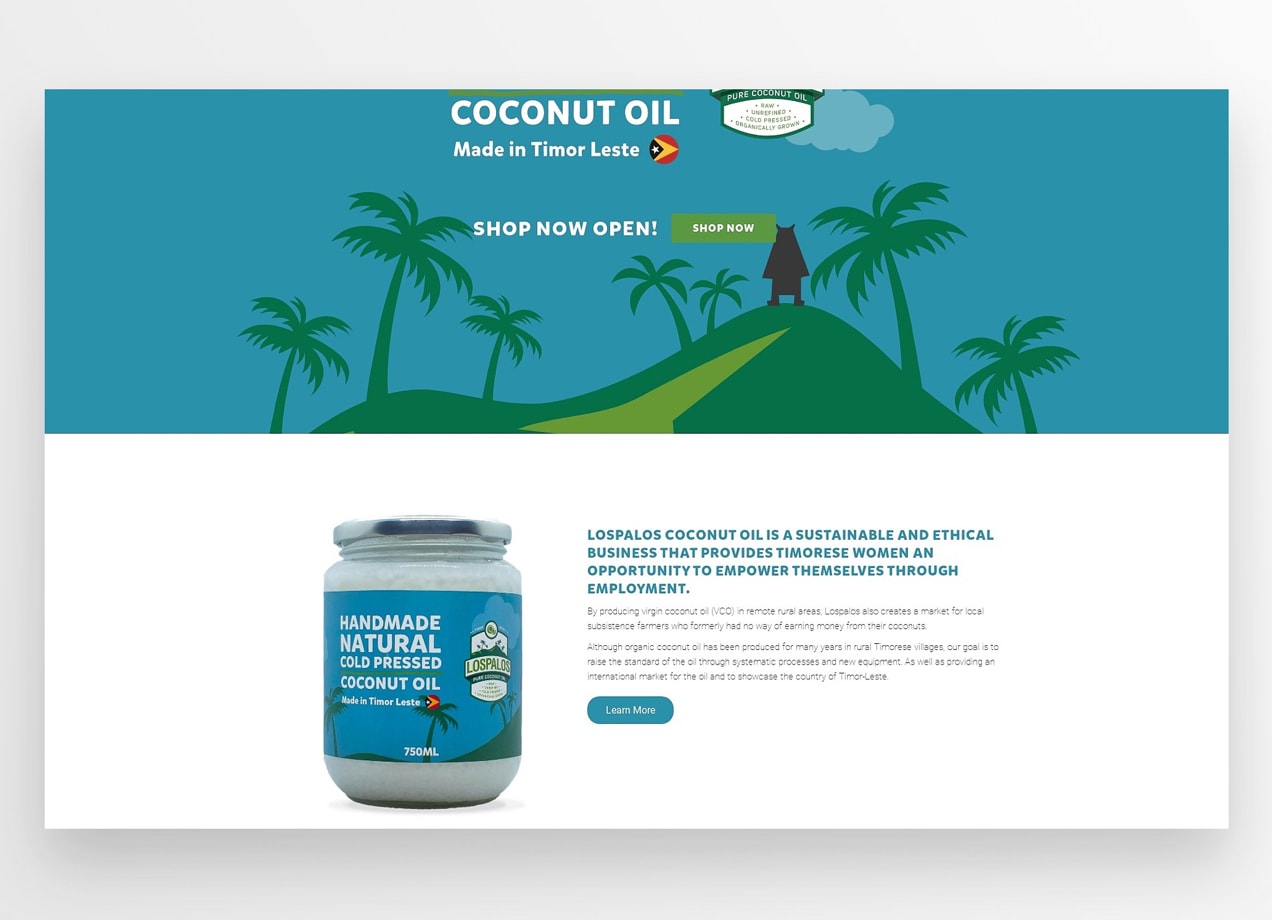
There are lots of places to buy coconut oil, but Lospalos stands out because of its commitment to supporting women in the developing world, giving subsistence farmers a way to make money from their coconuts. On their logo and packaging, they also highlight that their coconut oil is raw, unrefined, cold-processed, and organic.
If your food solves a problem, make sure that’s clear throughout your site and marketing efforts. Speak directly to customer needs: do our products meet certain dietary requirements, combine all their favorite snacks in one box, keep them from having to go out to the store, or fulfill their every craving? Be creative!
Write descriptions that make people crave your food
↑ Revenir en hautHow do you make customers crave your food if they can’t taste it? With descriptions that bring flavors and textures to life.
Appeal to the senses, and be specific. Instead the generic “delicious” or “tasty,” speak to the particular flavors with words like “smoky,” “earthy,” or “zesty.”
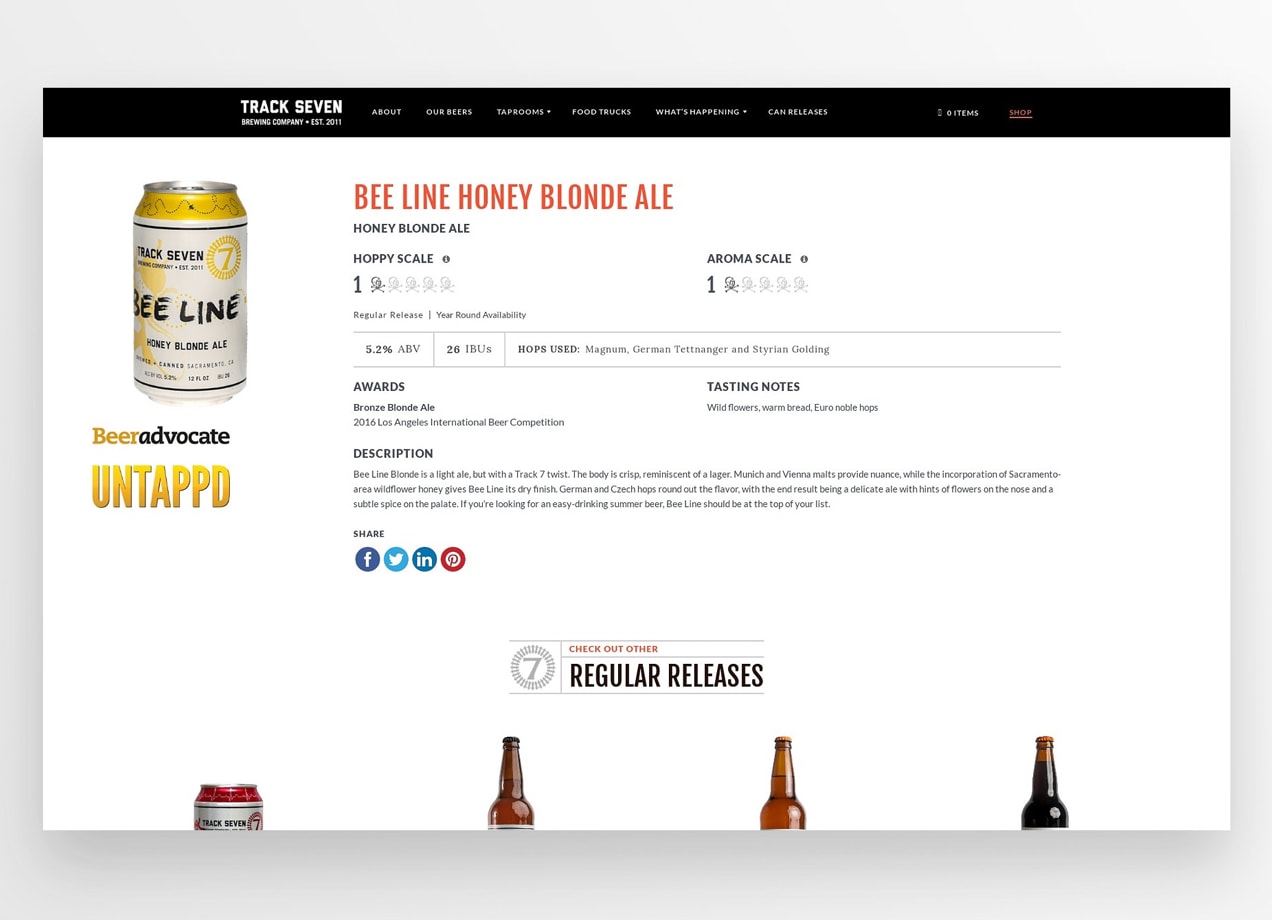
Beer is one of the most complex flavor profiles to describe, but Track 7 Brewing embraces the challenge. For their Bee Line Honey Blonde Ale, they wrote:
“The body is crisp, reminiscent of a lager. Munich and Vienna malts provide nuance, while the incorporation of Sacramento-area wildflower honey gives Bee Line its dry finish. German and Czech hops round out the flavor, with the end result being a delicate ale with hints of flowers on the nose and a subtle spice on the palate. If you’re looking for an easy-drinking summer beer, Bee Line should be at the top of your list.”
They describe every aspect of the beer’s flavor, from start to finish, and even tell customers the best time to enjoy it.
How spicy is your product? Is it chewy or crunchy? What does the flavor remind you of?
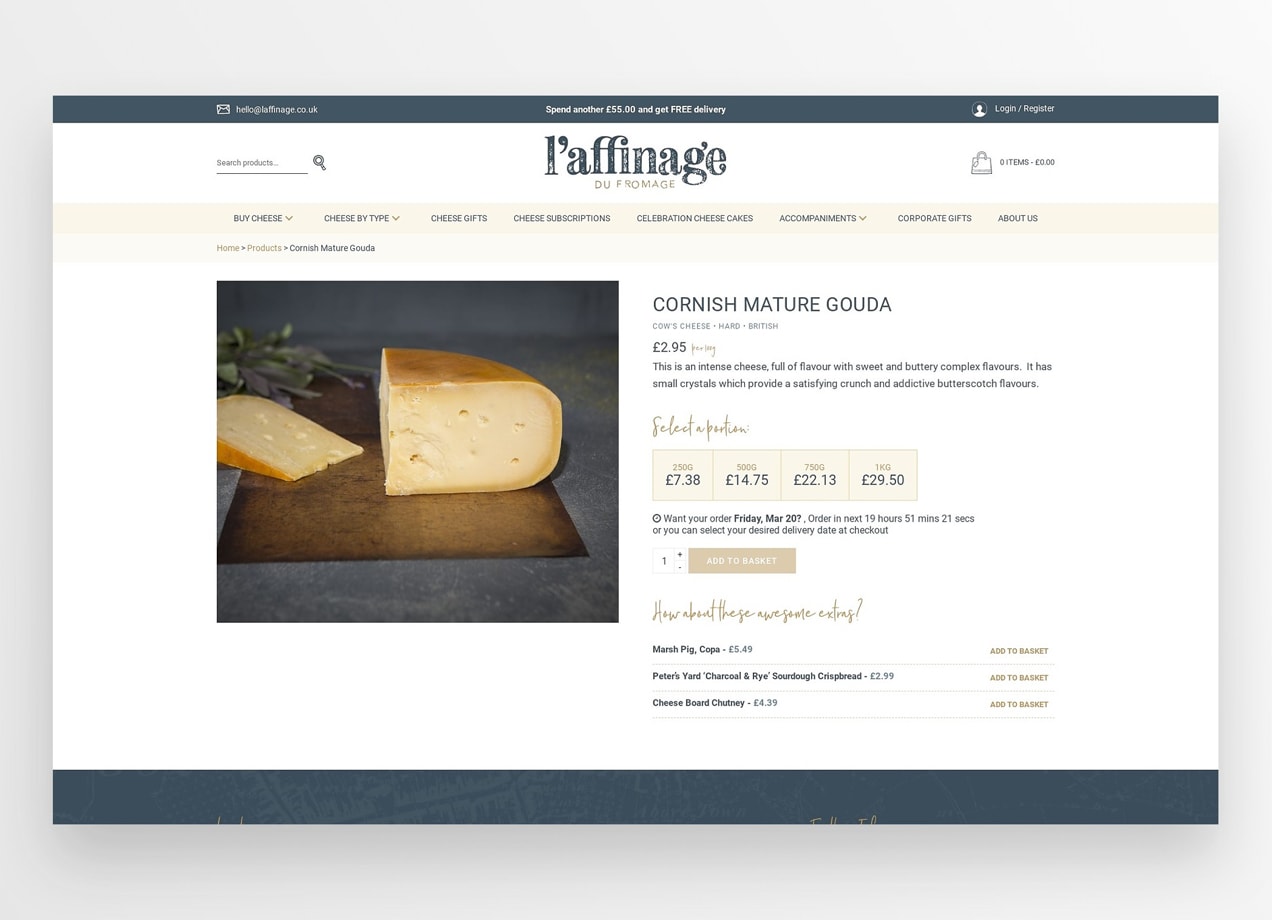
L’affinage Du Fromage compares each type of cheese to familiar tastes, writing, “This is an intense cheese, full of flavour with sweet and buttery complex flavours. It has small crystals which provide a satisfying crunch and addictive butterscotch flavours.”
Be creative and descriptive — it’ll make all the difference! Learn more about writing effective product descriptions.
Take high-quality photos
↑ Revenir en hautPictures are just as important as descriptions. They show color, texture, size, shape — and we eat with our eyes first.
You might choose to hire a professional photographer, but you can also take great photos with your own camera or a smartphone. Make sure your food is clearly the focus of the picture. Capture a variety of angles and highlight any special features. Use a tripod — or just rest your phone on a stack of books — to ensure sharp, blur-free images.
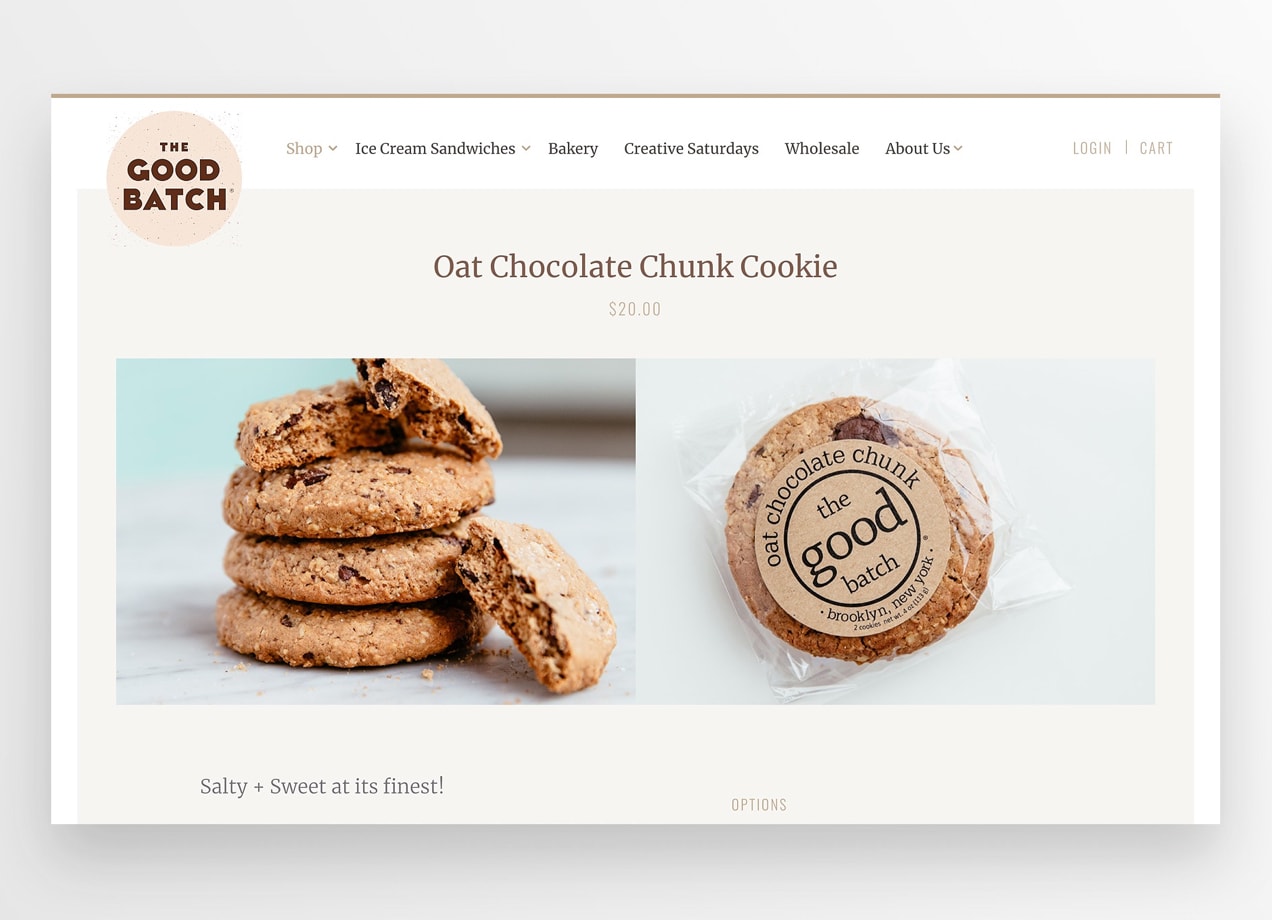
You might even want to show the interior of a product (like cookies, cakes, and cheese wheels) or include the packaging, if it’s unique. The Good Batch broke open one of their oat chocolate chunk cookies to better showcase their crunchy texture, and also added a photo of their branded packaging. Each picture is crisp and features a neutral background to ensure that the cookie is the star.
Lighting is another important consideration and is often the biggest difference between a high-quality and low-quality image. Shoot near a window to take advantage of natural light or consider purchasing an affordable light box. You can even create your own!
Learn more about shooting product photos.
Write consistent content
↑ Revenir en hautHigh-quality blog posts should form the basis of the majority of your marketing efforts. Not only are they critical for search engine optimization, but you can also reuse their content for email marketing, social media, and digital ads. Plus, it goes a long way in establishing your knowledge and authority.
Think about topics that speak to your customers’ needs and answer their questions. You might write about:
- How to incorporate your food in new recipes
- Gift lists for special occasions (that include your products)
- A behind-the-scenes look at your team or cooking processes
- Customers who love your products
- Ways to use your food to improve health and wellness
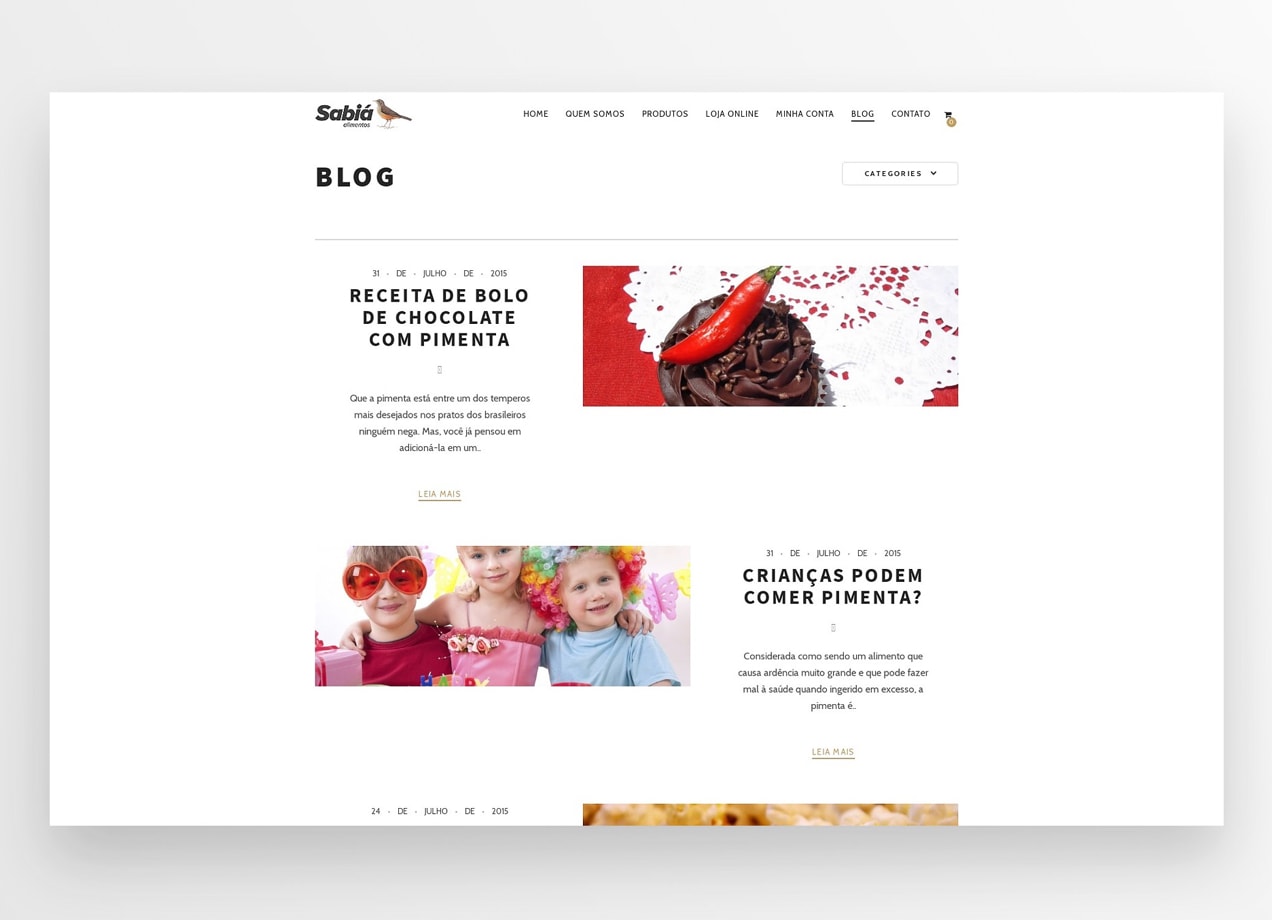
Don’t just focus on your business; feel free to speak to related topics. Sabia writes about more than just their hot sauces — they have blog posts with cooking tips, myths, recipes, history, and fun facts.
Read more about how to choose effective blog post topics.
Create an effective FAQ page
↑ Revenir en hautWebsite owners often skimp on FAQ pages, but they’re an important aspect of marketing, especially when it comes to food. Not only do they answer your customers’ pressing questions, they also help shoppers feel more confident in your products and ability to deliver.
Because customers consume your products, nutrition facts, allergen notices, and storage procedures are critical. You might also want to address how you keep food cold (or hot) when shipping, delivery times, ingredient sources, and answers to other questions you commonly get from customers or on social media.
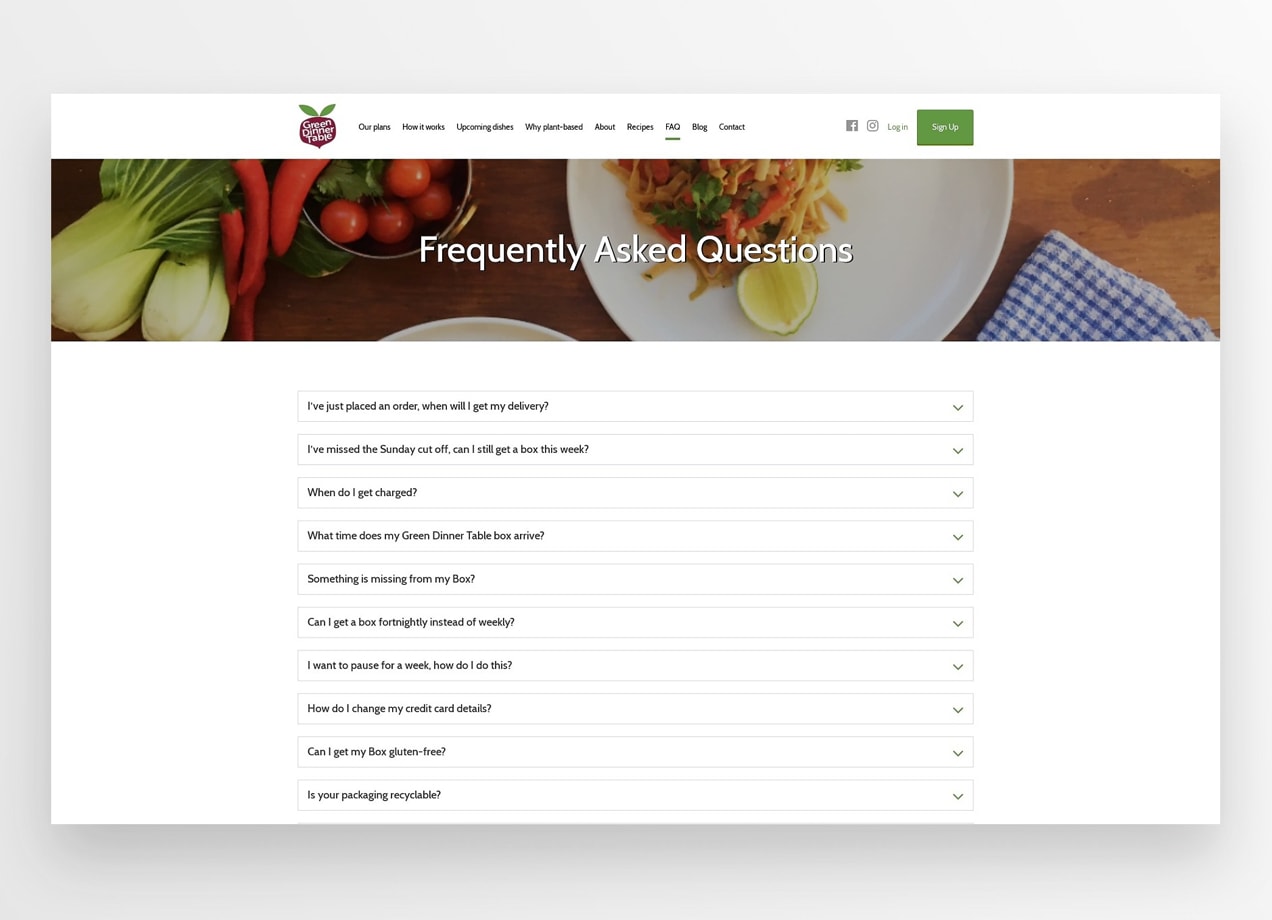
Green Dinner Table uses their FAQ page to answer questions about everything from subscriptions and delivery times to dietary restrictions and packaging materials. The clear, easy to find information boosts customer loyalty and satisfaction.
Learn more about designing a great FAQ page.
Follow up via email marketing
↑ Revenir en hautEmail marketing is a powerful tool for connecting with customers and encouraging repeat sales. It’s customizable, so you can reach specific people based on their order history, demographics, and behavior, and it typically results in much more engagement than other marketing strategies. Here are just a few ways to reach shoppers with email:
- Abandoned cart emails. Send a reminder to customers who added something to their cart and then left your site to recover potential lost sales.
- Transactional emails. Customize the emails that customers receive after placing a purchase to encourage additional purchases.
- Email newsletters. Stay top of shoppers’ minds with company updates, sale announcements, and helpful tips or blog posts.
- Reminders and recommendations. If you sell products that people need on a regular basis, send a reminder that it’s time to re-purchase, or recommend products based on their previous order.
The WooCommerce Marketplace offers a variety of extensions to help you get started, from integrations with popular tools to built-in automation. Need some inspiration? Check out some of our favorite creative email newsletters.
Connect with your audience on social media
↑ Revenir en hautLet’s be honest: people love pictures of food. They take them, share them, and pour through social media feeds full of them. A social media presence is key for food businesses — that’s where your customers already spend their time.
Instagram and Pinterest are great places to start. 52% of Pinterest users look for food and drink, while food lovers consume four times more content than the average Instagram user.
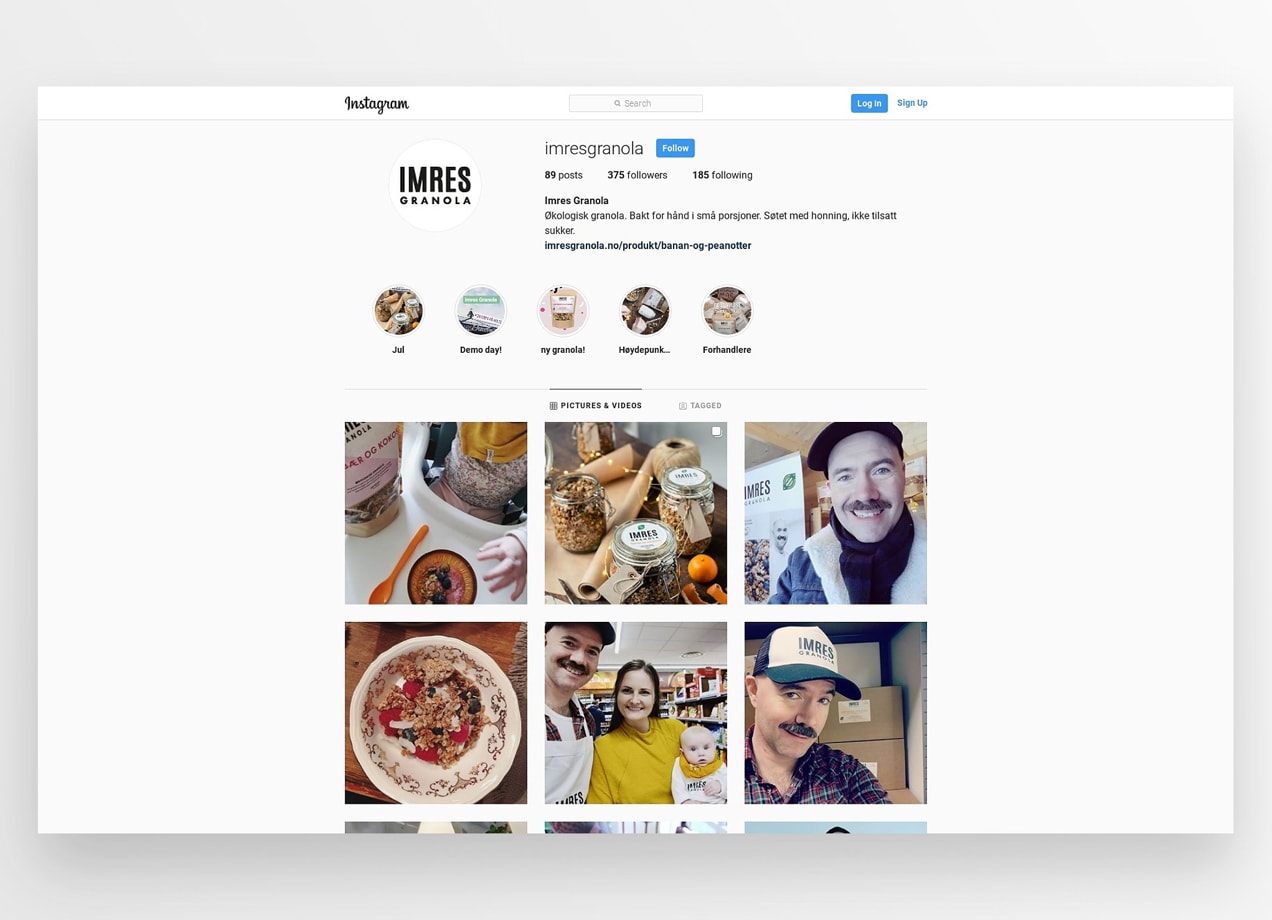
Share great photos of your food, especially in action. You might want to showcase customer testimonials, recipes, glimpses of your kitchen, team members, and fun facts. Imres Granola posts a mixture of announcements, catchy videos, events, and recipes for an engaging feed that doesn’t feel too salesy.
How do you get your content in front of the right people? Try these tips:
- Find the right combination of hashtags for reaching your target audience. Hootsuite provides a great guide for Instagram hashtags while Tailwind walks you through using Pinterest hashtags.
- Use competitions to attract attention. You might give people products, gift cards, or an experience in exchange for liking and/or sharing your posts. Check out this resource for everything you need to know about social media competitions.
- Connect with influencers who might love your products, and offer them free products or compensate them when they share your brand. Learn how to reach the right influencers.
- Consider paid advertising. Retargeting ads are especially effective because they specifically reach people who’ve already visited your site or engaged with your brand online.
Social media is also a great opportunity to share your blog posts and educate people about your company. Learn how to turn your new social media followers into sales.
Consider in-person events or samples
↑ Revenir en hautThe best way to make someone fall in love with your food is with a taste. Look for food events happening in your city or state and research the requirements for becoming a vendor. While most will involve an up-front investment, it’s a great opportunity to both sell products in person and increase brand awareness. If possible, set out samples of your food so that people can try it before making a purchase. Make sure to engage directly with customers, and pass out fliers or business cards with your website and more information to encourage repeat sales.
Many local grocery stores, coffee shops, and other vendors will allow you to give out free samples at their locations, too. All you need to do is ask! Once people know to look for your brand, you’ll be much better equipped to sell online, too!
Share an experience
↑ Revenir en hautFor people around the world, food is more than sustenance — it’s cultural pride, family memories, secret recipes, and community engagement. Marketing food isn’t about just pushing a product, it’s about sharing an experience and inviting people to make it a part of their lives. Express your own passion and people will not only respect it, they’ll want to be a part of it, inviting your products into their own traditions and memories.
Looking for the right marketing tools? They can all be found at the WooCommerce Marketplace.
About


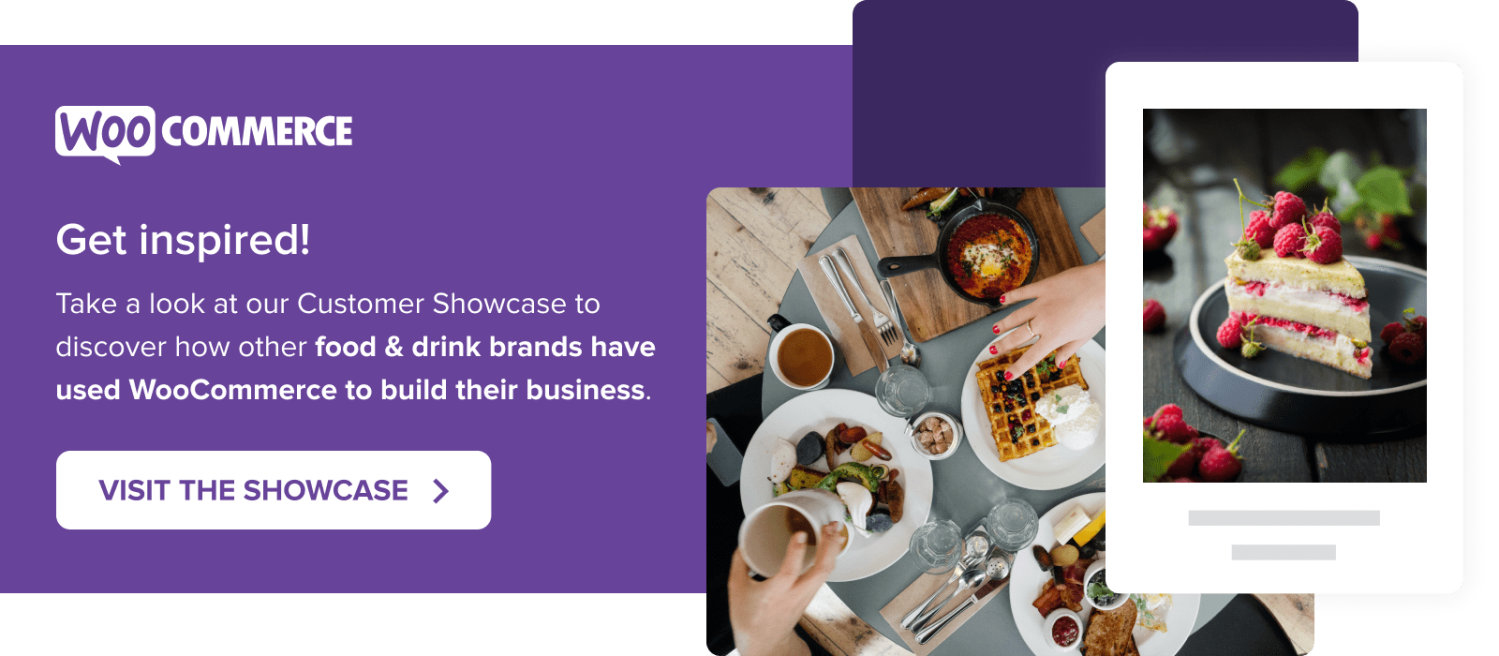



Now it is important, the food website must be adapted to COVID time.
Also our web agency notice increasing interest in simple web solutions for small, local food business. And Woocommerce is really good solution as our clients say.
You’re right, Roman! Keep an eye on our blog — we’re releasing several helpful posts about how to adapt for COVID-19 in the coming days.